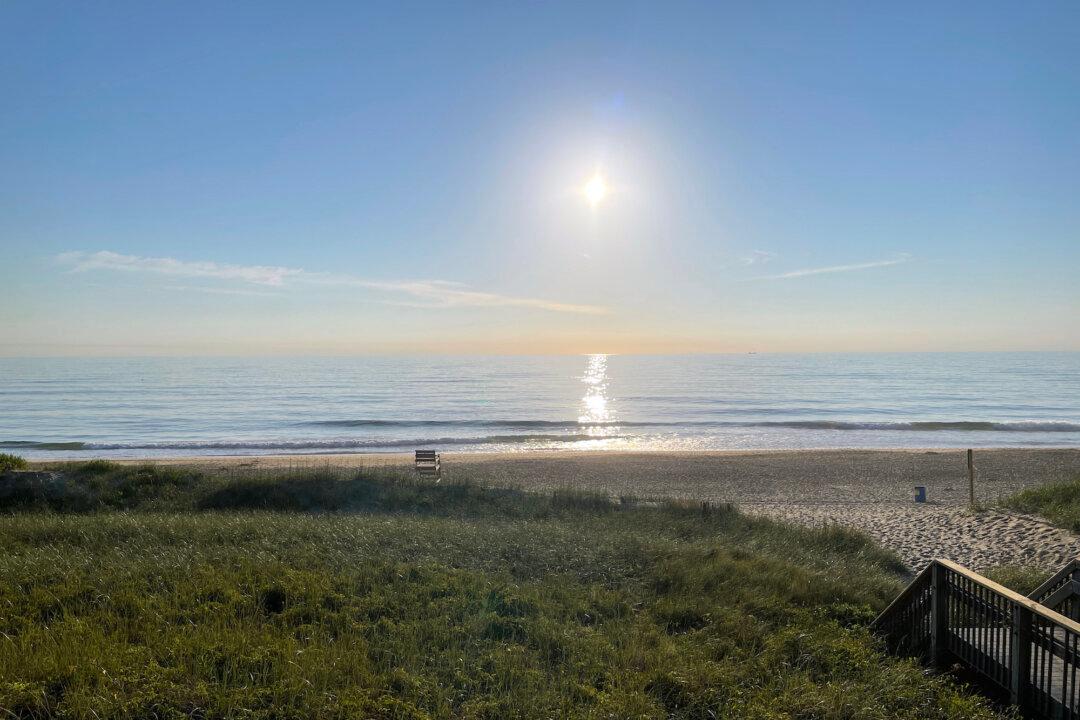A survey conducted by online travel deals site TravelZoo of its 15 million members found that 57 percent of respondents were looking into a beach vacation this year “combined with touring and dining.” This is good news for beach-adjacent attractions that may often get overlooked. As one hits the beach this summer, it may be worth extricating oneself from that engrossing beach read to explore nearby historical and cultural sights that may be a fun diversion for aquaphiles and landlubbers alike.
The Outer Banks
The Outer Banks (or OBX, as it is often abbreviated) is a popular destination for vacationers. With over a million visitors every year, the local economy relies heavily on its tourism industry. The beaches are clean and family-friendly, and its long shoreline means that there are many access points to the ocean. However, there’s more to the OBX than water activities. The sights below are in the Northern Beaches area and are worth checking out.Kitty Hawk
One might think an unassuming visitors center would be a sight for sore eyes only if a restroom is badly needed. However, behind the Aycock Brown Welcome Center in Kitty Hawk, stands the Monument to a Century of Flight. It commemorates the first 100 years of aviation history, from the time the Wright Brothers launched their successful flight in 1903 to forays into outer space up until 2003. The pylons are arranged in an orbital pattern, marking each milestone within the timeframe. It’s a good stop, free of charge, and this year, it’s celebrating its 20th anniversary.Kill Devil Hills

Wilbur and Orville Wright are credited with making the first successful flight, which took place from the sand dune in the background where the memorial now stands. Lynn Topel





